An extension of Heisenberg’s uncertainty principle, which places limits on how precisely you can measure the properties of quantum objects, has found that it really isn’t possible to cheat the laws of quantum physics.
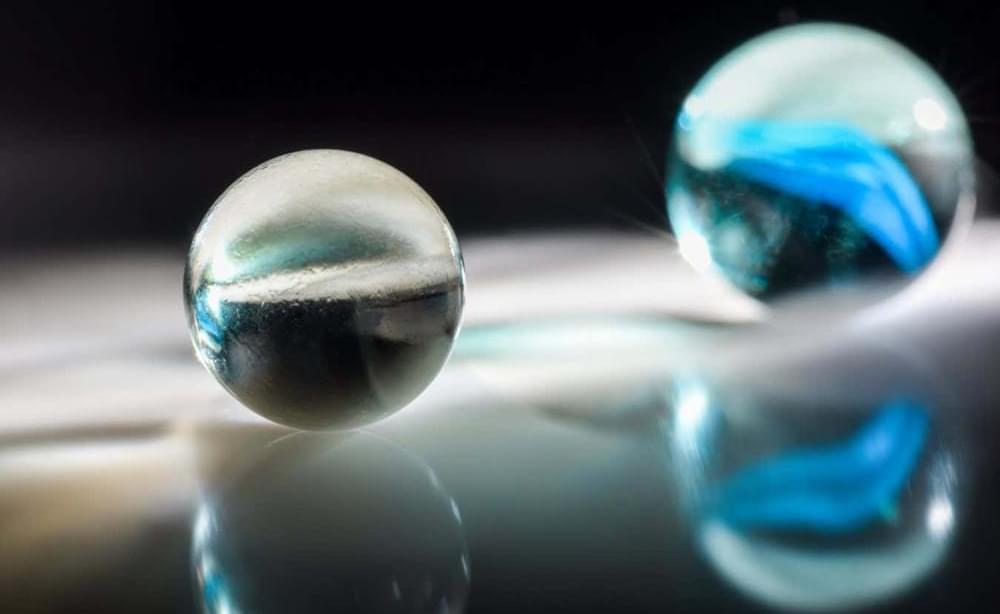

An extension of Heisenberg’s uncertainty principle, which places limits on how precisely you can measure the properties of quantum objects, has found that it really isn’t possible to cheat the laws of quantum physics.


When Google launched its Hypercomputer earlier this month (December 2023), the first reaction was, “Say what?” It turns out that the Hypercomputer is Google’s take on a modular supercomputer with a healthy dose of its homegrown TPU v5p AI accelerators, which were also announced this month.
The modular design also allows workloads to be sliced up between TPUs and GPUs, with Google’s software tools doing the provisioning and orchestration in the background. Theoretically, if Google were to add a quantum computer to the Google Cloud, it could also be plugged into the Hypercomputer.
While the Hypercomputer was advertised as an AI supercomputer, the good news is that the system also runs scientific computing applications.
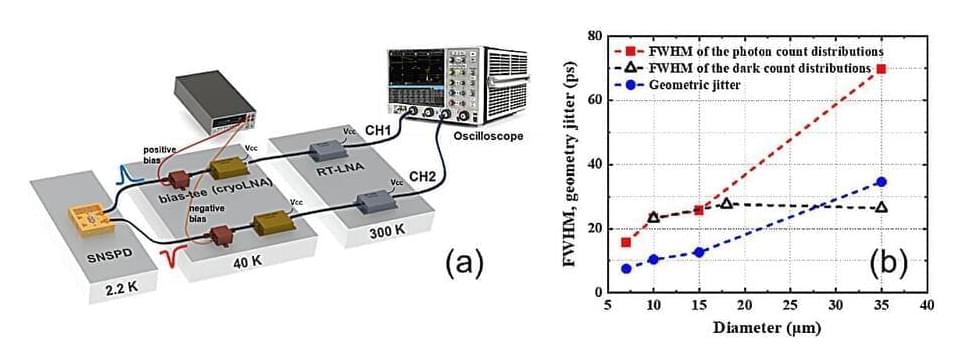
In a recent leap forward for quantum computing and optical technologies, researchers have uncovered an important aspect of photon detection. Superconducting nanowire single-photon detectors (SNSPDs), pivotal in quantum communication and advanced optical systems, have long been hindered by a phenomenon known as intrinsic dark counts (iDCs). These spurious signals, occurring without any real photon trigger, significantly impact the accuracy and reliability of these detectors.
Understanding and mitigating iDCs are crucial for enhancing the performance of SNSPDs, which are integral to a wide range of applications, from secure communication to sensitive astronomical observations.
A team headed by Prof. Lixing You and Prof. Hao Li from Shanghai Institute of Microsystem and Information Technology (SIMIT), Chinese Academy of Sciences (CAS) employed a novel differential readout method to investigate the spatial distribution of iDCs in SNSPDs with and without artificial geometric constrictions. This approach allowed for a precise characterization of the spatial origins of iDCs, revealing the significant influence of minute geometric constrictions within the detectors.

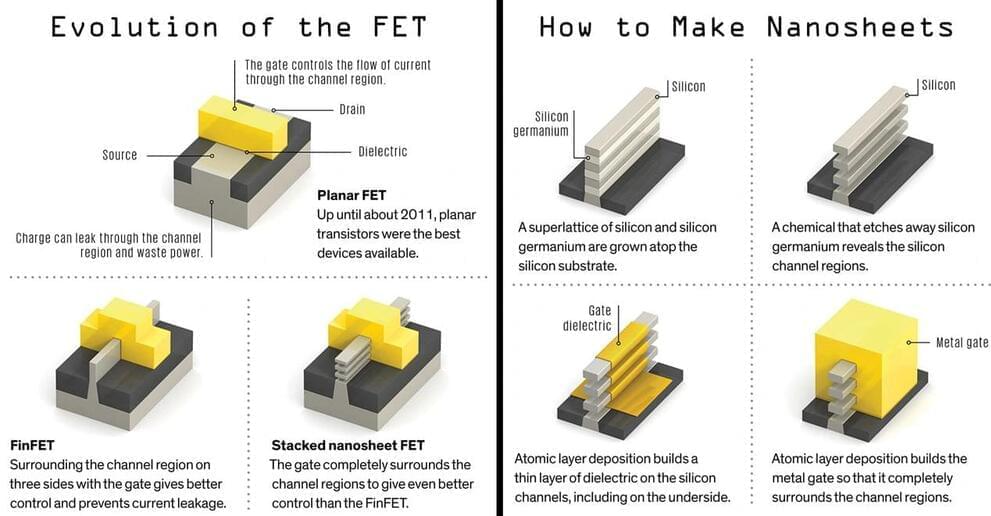
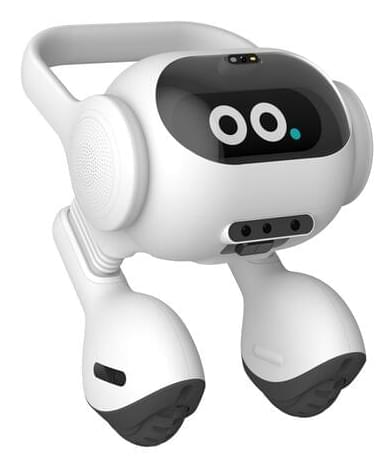
The company revealed the bot ahead of its appearance at CES 2024, which it’s touting as an “all-around home manager and companion.”
In addition to serving as a remote monitoring system, LG says the bipedal bot can also interact with humans using voice and image recognition. Apparently, one of its abilities includes greeting users when they arrive home and playing music based on their detected mood.
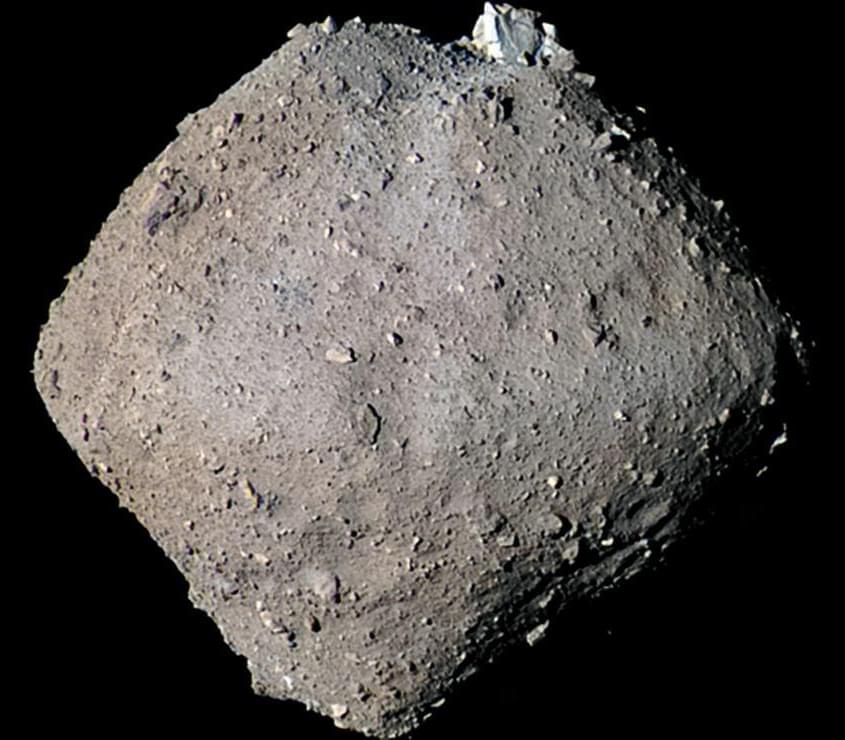

Renowned journalist and science fiction author Cory Doctorow is convinced that the AI is doomed to drop off a cliff.
“Of course AI is a bubble,” he wrote in a recent piece for sci-fi magazine Locus. “It has all the hallmarks of a classic tech bubble.”
Doctorow likens the AI bubble to the dotcom crisis of the early 2000s, when Silicon Valley firms started dropping like flies when venture capital dried up. It’s a compelling parallel to the current AI landscape, marked by sky-high expectations and even loftier promises that stand in stark contrast to reality.